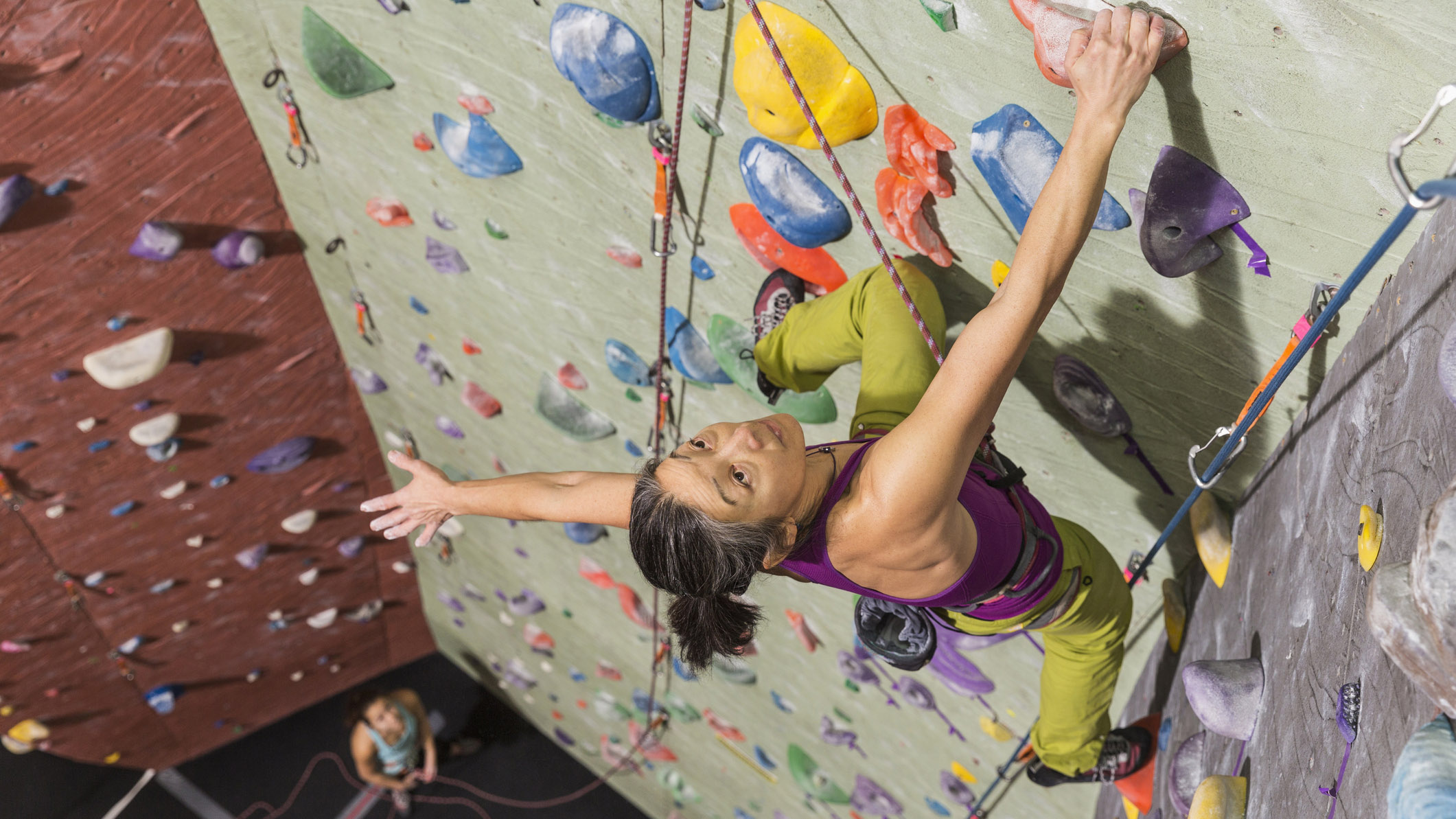
Watching Slovenian climber Janja Garnbret micro-crimp her way to a gold medal at the 2020 Tokyo Olympics wasn’t just exhilarating – it was history-making. Garnbret and Spanish climber Alberto Ginés López were the very first two Olympic gold medalists in 124 years of the modern games.
This year, climbing is back at the Olympics in Paris. With the Team USA lineup complete and some tweaks to the format of the discipline, I’m more pumped than ever to watch some of the world’s top climbers surge up the wall.
If you’re feeling inspired to finally get yourself a pair of climbing shoes and give this activity a go, I don’t blame you. I started climbing at age 15 and though I wouldn’t consider myself a great climber by any means, I still visit the wall regularly for the amazing benefits it delivers. Rock climbing and bouldering require incredible agility, strength and problem-solving skills, it’s great for mental health and you’ve no doubt noticed that climbing is a great workout.
Read on to find out the new rules of this year's sport climbing at the Olympics, details of the Olympic climbing schedule plus tips for how to get started with bouldering and sport climbing.
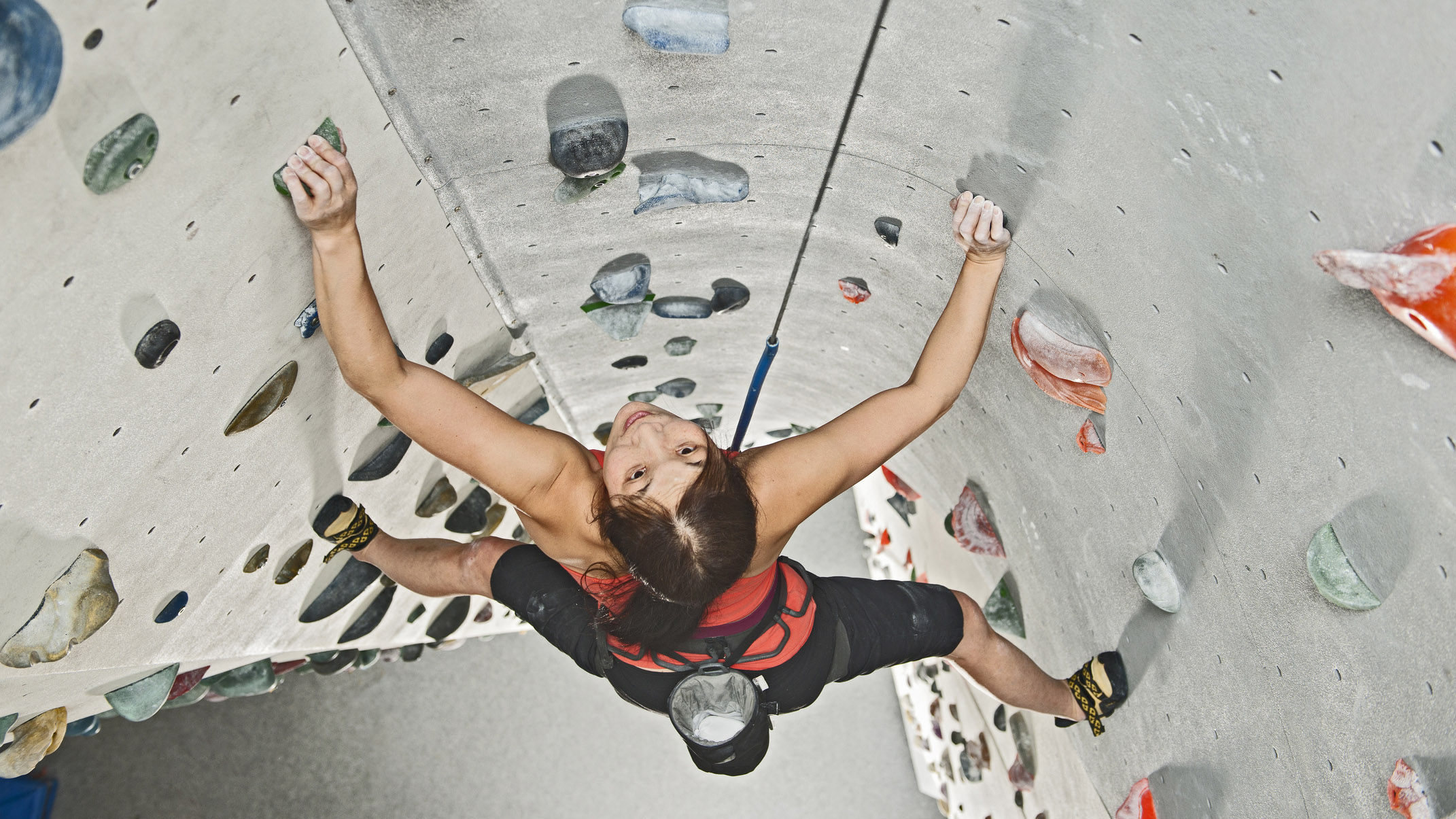
What are the Olympic climbing rules?
Let’s start by clearing up one area of confusion surrounding climbing at the Olympics. The event entails three different disciplines: bouldering, speed and lead, which we’ll explain in a moment. The whole event is referred to as “sport climbing” but that’s not exactly accurate.
In rock climbing, sport climbing refers to climbing that takes place on routes that are already protected by pre-installed bolts. The lead climber starts out with a rope attached to an anchor at the top (known as top roping) and attaches quickdraws to the bolts as they climb, clipping the rope in as they go. If you’re sport climbing outdoors, your partner will be on the ground belaying you, but some climbing walls have auto-belay systems that allow you to do it on your own. Anyway, you can learn more about this discipline in our article on sport climbing, and understand how it differs from trad climbing in our piece on trad climbing vs sport climbing.
Getting back to the matter at hand, it would be easier if we could refer to the Olympic climbing event as “competition climbing,” since it’s not exactly “sport climbing” as climbers know it. Here's why:
In the bouldering event, competitors climb 4.5 meter (14.7 feet) high walls without ropes. They have a limited period of time to solve each problem, as bouldering routes are known, and the goal is to solve the problem in the fewest attempts possible. As you can see, this isn’t actually sport climbing because there are no bolts or ropes.
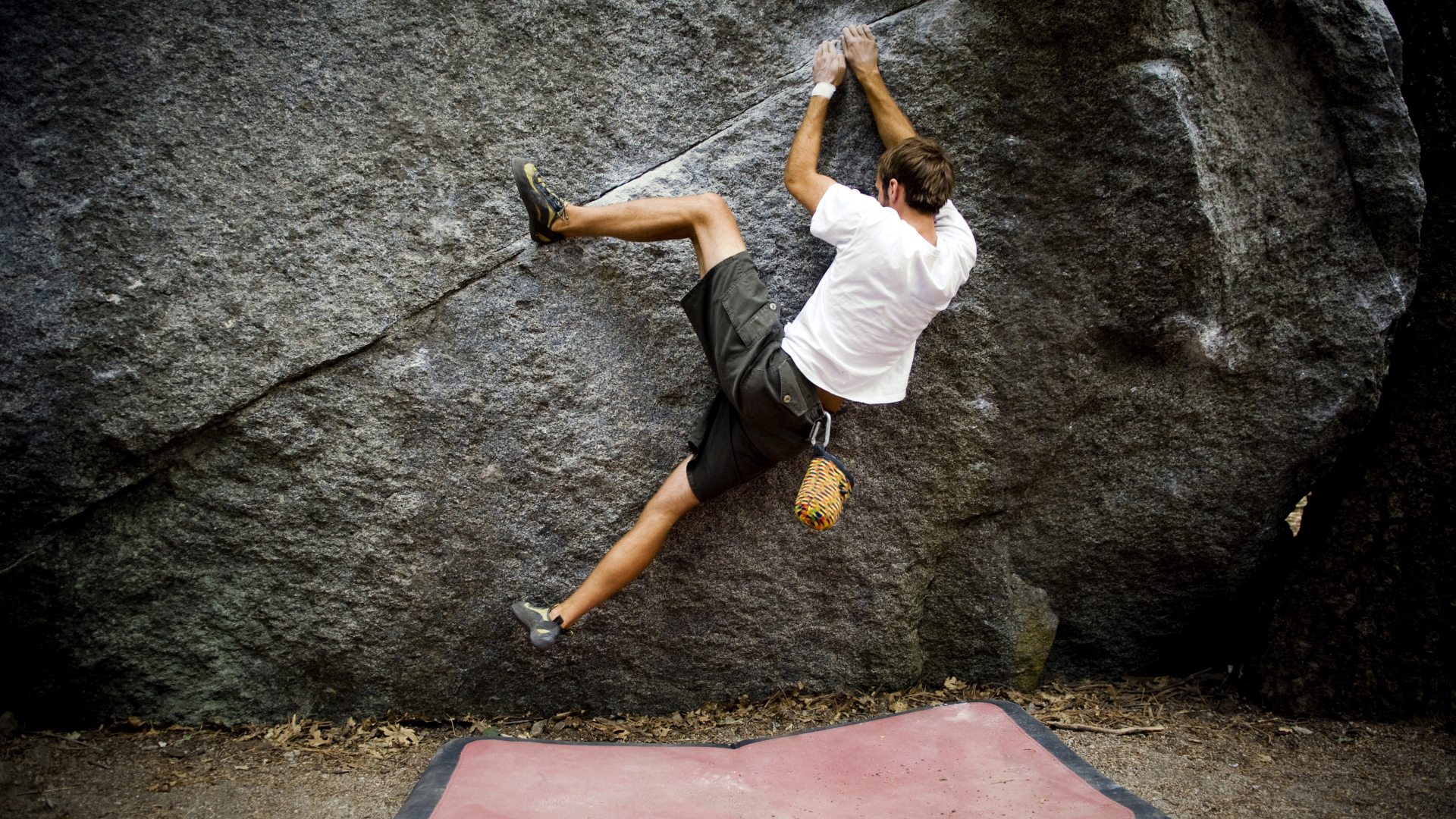
The lead climbing contest gives the athletes six minutes to climb as high as they can on a wall over 15 meter high (49 feet) without having examined the route ahead of time. The climbers are top roped with an auto-belay system, but aren’t using bolts.
Finally, the explosive speed climbing event is perhaps the most exciting and sees the same setup as lead climbing in terms of top rope, but the athletes face off in one-on-one elimination rounds to race to the top of a 15-meter high wall.
In 2020, each athlete competed in all three events, with just one men’s gold and one women’s gold up for grabs. This format was controversial in the climbing community, however the International Federation of Sport Climbing explained that since they were only given one gold medal for each gender and didn’t want to exclude any discipline, this was their best option. The main goal was to establish climbing as an Olympic sport, then refine the approach.
Their tactic seems to have worked. The Paris 2024 Olympic Games will see climbing divided into two competitions: one a combined competition of bouldering and lead climbing, the other a speed event.
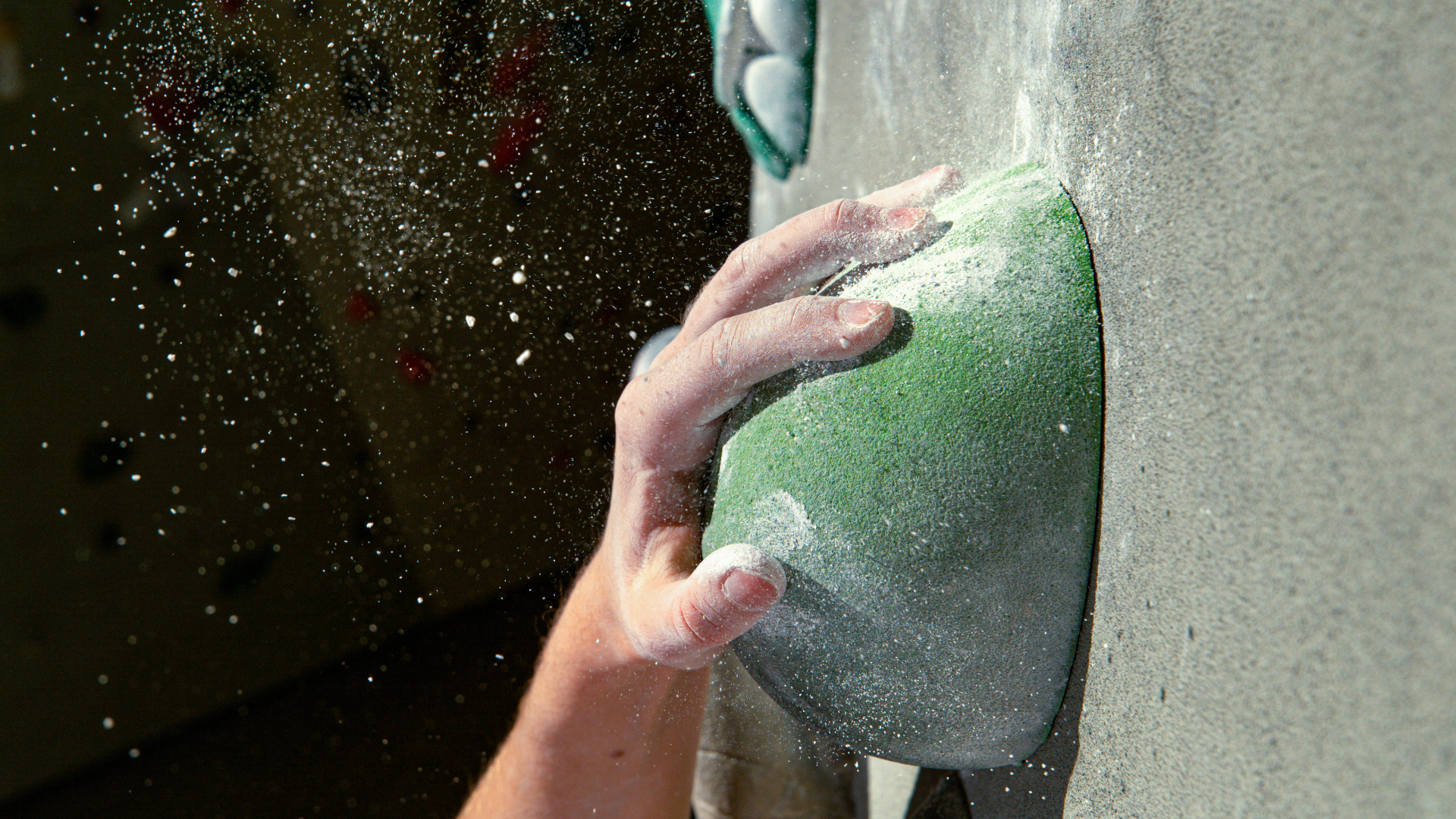
How to get started with sport climbing
If watching athletes spiderman their way up the wall has you inspired to give climbing a go, here are some tips for getting started:
1. Pick a discipline
Do you like the idea of staying closer to the ground but having no ropes to catch your fall? Then why not try bouldering? It’s more low maintenance in terms of gear and you can do it alone if you don’t know anyone who wants to climb with you.
If you prefer the notion of roping up for more security and being able to climb higher, sport climbing is a great way to gain some skills before possibly moving on to trad climbing.
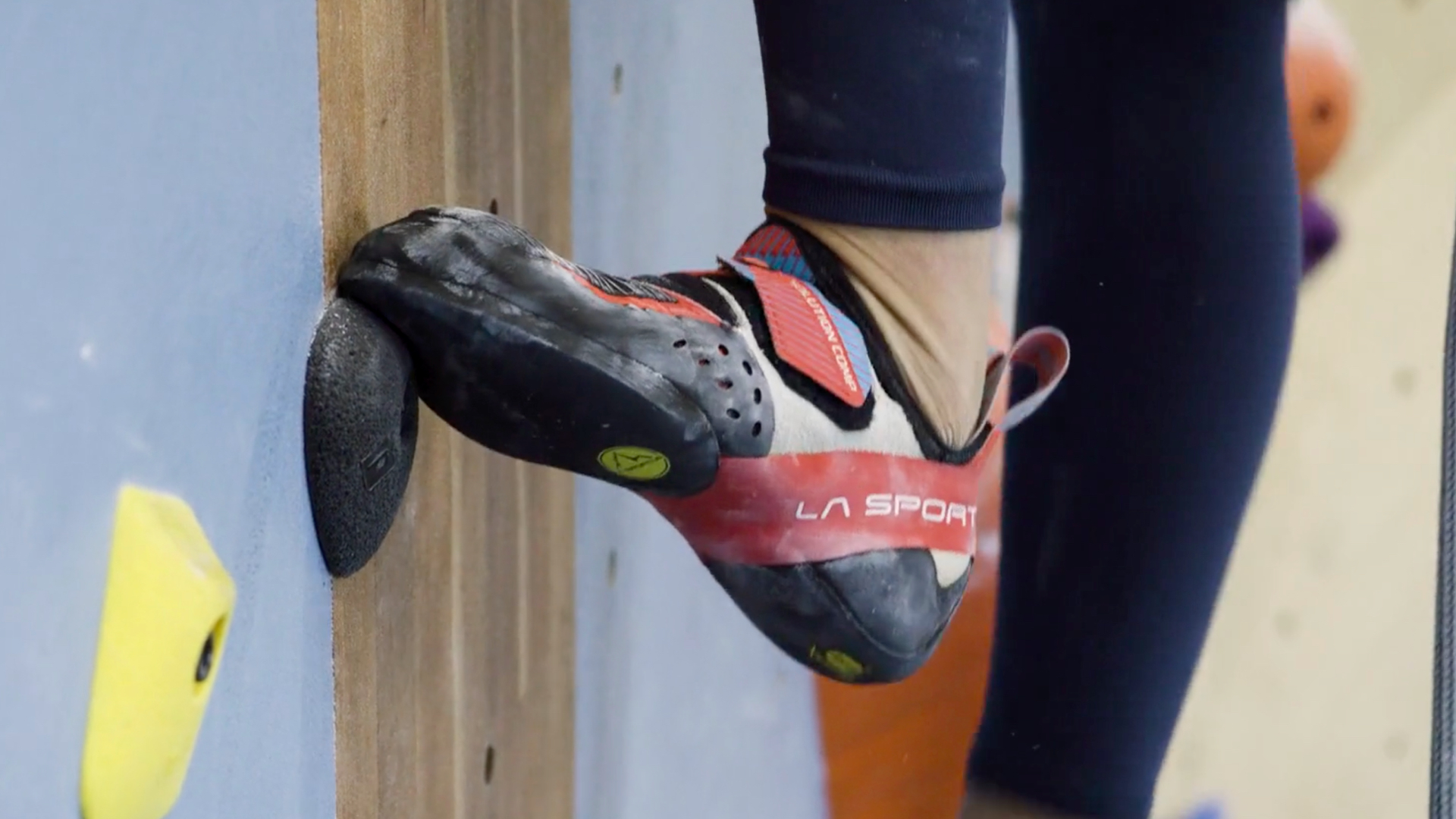
2. Find a climbing wall
You can start climbing outdoors straight away if you already have a community of people to show you the ropes, but if not, I’d recommend you start indoors. Indoor climbing walls are having a moment and gym staff will walk you through safety procedures and how to use your gear to give you some confidence. Climbing indoors requires less gear, so while you have to pay to use the wall, it’s not a massive investment upfront. It also means you don’t have to worry about the weather. If you are climbing outdoors, make sure you read up on climbing etiquette before you go.
3. Get some gear
For climbing indoors, the only real investment you need to make is to buy some climbing shoes (read our article on how climbing shoes should fit) and some climbing chalk. If you’re going bouldering outdoors, you’ll also need a crash pad and a buddy.
If there are outdoor sport climbing routes near you that you want to try, you’ll probably want to start out using a friend’s rope, but you’ll need your own quickdraws, belay device, helmet and climbing harness (read our article on how to fit a climbing harness). Our article on rock climbing gear explains everything you might ultimately want to own.
Dress in stretchy, not-too-loose clothing like leggings and a snug base layer or T-shirt so you can move comfortably but aren’t worried about your clothes catching on holds or ropes. If there’s a long hike to the crag, consider getting yourself some approach shoes that you can walk and climb in, and always carry a warm layer that will hold up to rubbing from your harness and ropes like a fleece jacket.
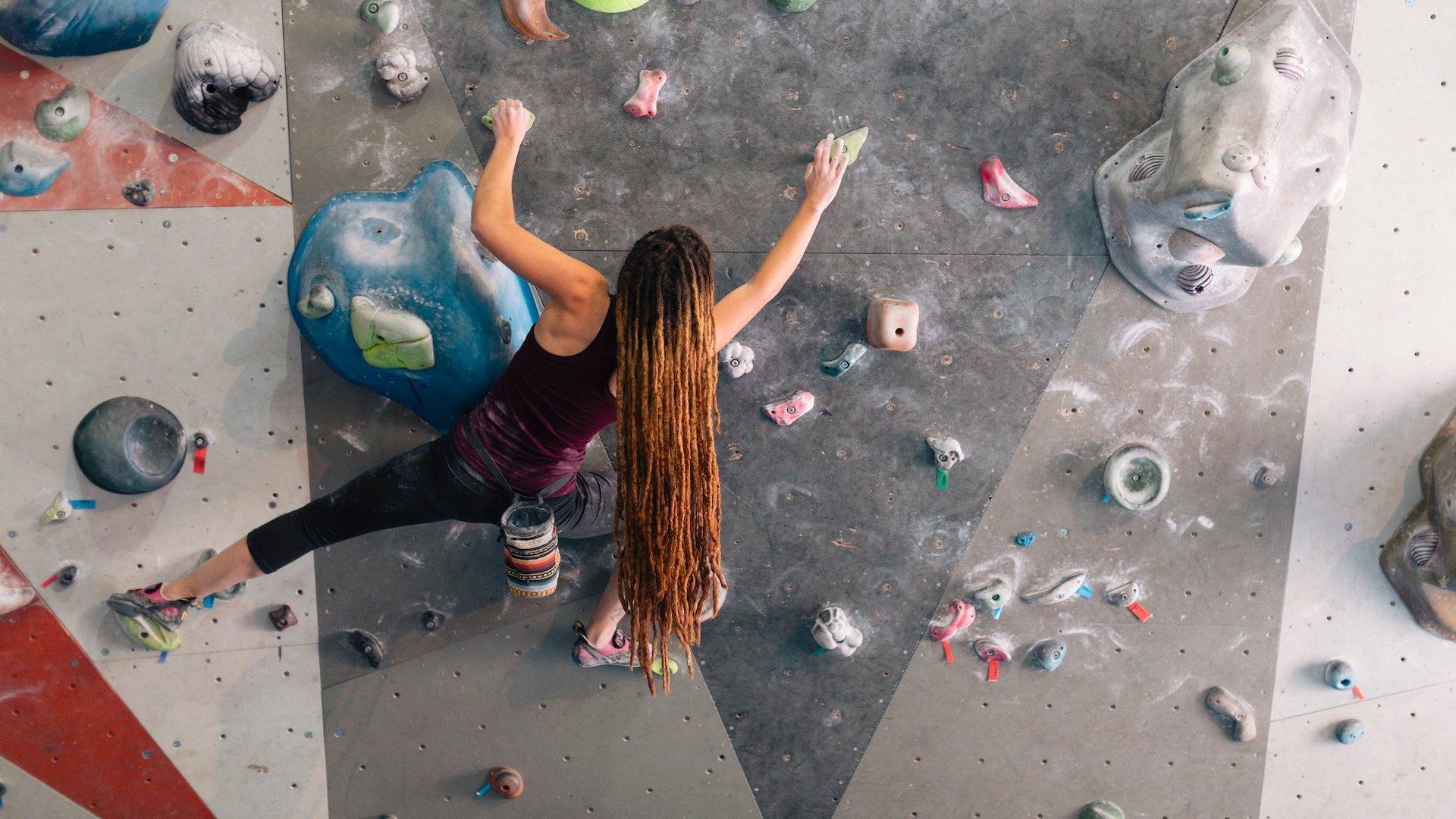
4. Seek some coaching
With both bouldering and sport climbing, once you’ve gone through the safety basics – which will be required to use an indoor wall – you can just rock up and give it a go. Watching other climbers is a great source of inspiration and can give you ideas as to how to tackle different moves.
However, it can be very helpful to sign up for a climbing course where you’ll learn skills and meet potential climbing friends. If you’re starting with outdoor climbing, go with a guide or a very experienced, responsible friend to make sure you’re climbing safely.
5. Pace yourself
Here’s the thing: climbing is really fun. When you find yourself up against a spicy route or problem, it can be tempting to keep hammering away at it all day long until you solve it, but it’s easy to overdo things and end up injured.
Start your climbing day with some dynamic stretching, take breaks between problem and don’t get too fatigued, especially in the beginning when you’re placing new stress on your soft tissues. When you’ve finished climbing for the day, try my yoga for rock climbing sequence to stretch it all out.
Ready to take the next step? Read our articles on how to get better at bouldering and how to start climbing outdoors.
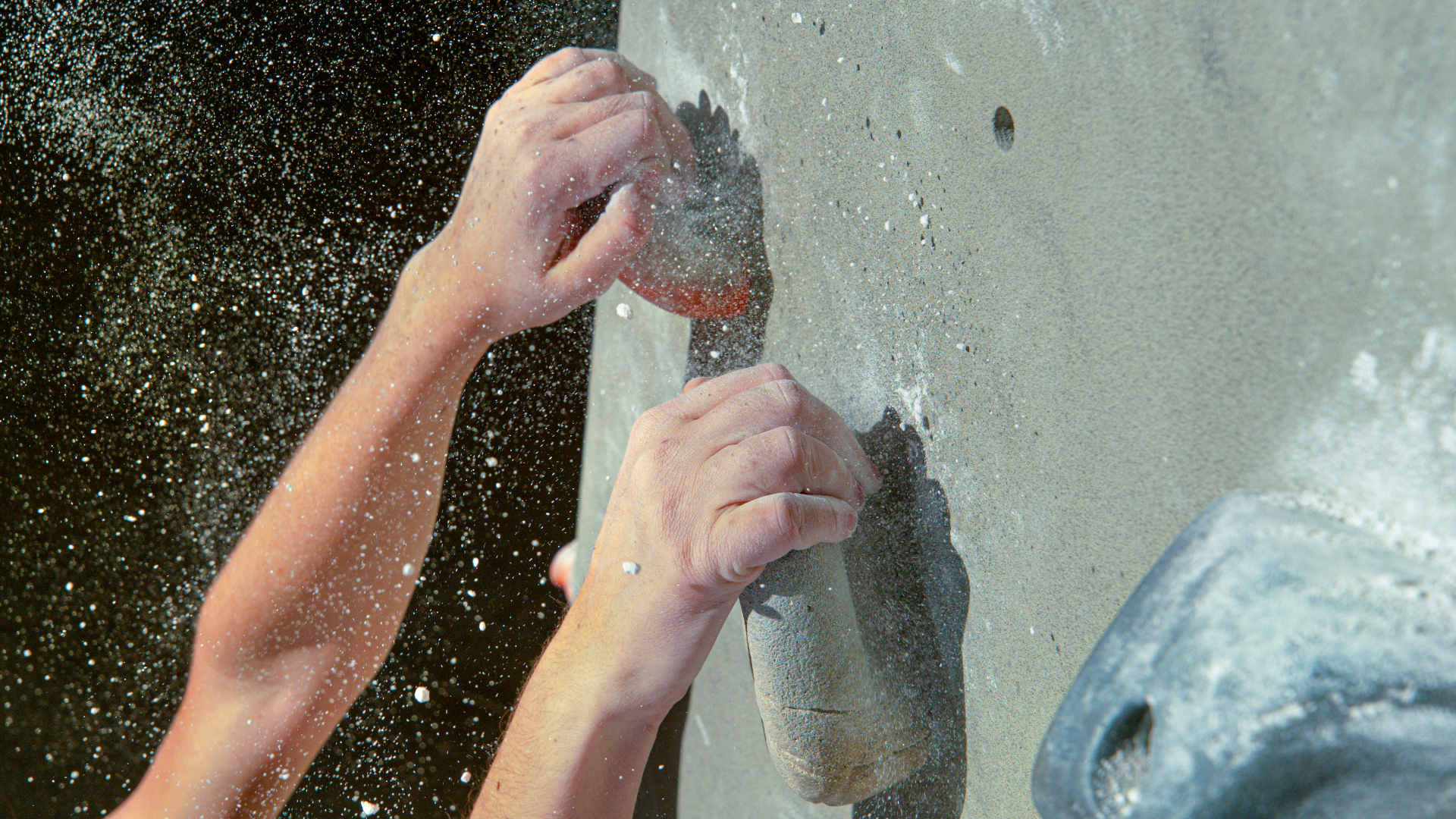
Olympic climbing schedule
Climbing at the Olympics kicks off on Monday, August 5 with the men’s bouldering semifinal and concludes on Saturday, August 10 with the women’s lead final.







